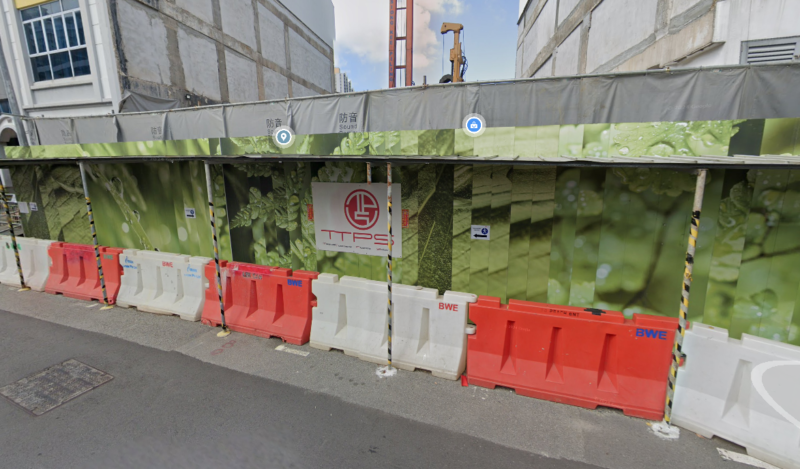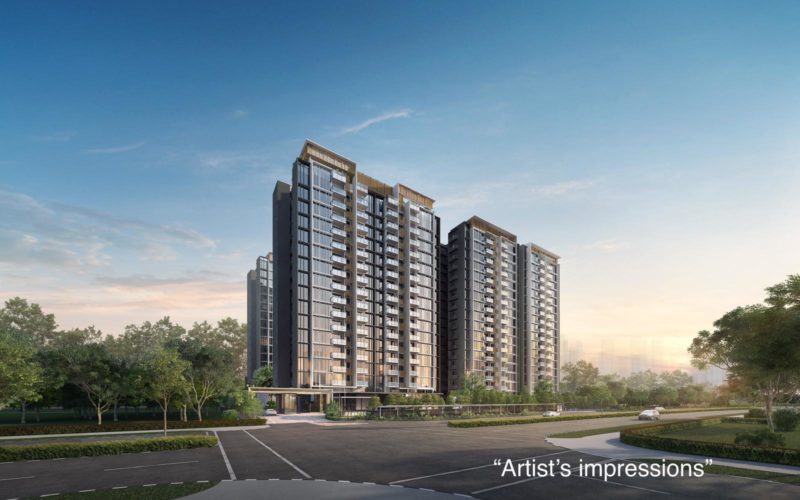“Due to the circuit breaker initiatives, with more citizens operating and learning from home, the Housing and Development Board (HDB) also recorded more data on” social disability, “Channel News Asia (CNA) announced.
On Wednesday (4 November), Senior State Minister for National Development Sim Ann disclosed in Parliament that from April to July, HDB received 2,100 cases of social illness feedback each month, up from about 600 cases per month between January and March.
From August onwards, the amount of feedback each month dropped to about 1,500, “possibly due to the return of children to school and more workers to workplaces,” she said in answer to the query of Melvin Yong, Member of Parliament (MP) of the People’s Action Party (PAP) on the number of neighborly conflict cases obtained by HDB over the past five years, and whether there has been a rise in such cases in the midst of the growth in such cases.
The Minister clarified that the authorities may not control the amount of cases of community conflicts inside HDB estates. Sim noted that the social disturbance statistics are the “closest proxy” of the government for the amount of community conflicts. The government received nearly 3,400 studies on social disorders per year from 2015 to 2019.
Sim clarified that it involves problems linked to sounds, tobacco smoke and bad smells in response to MP Pritam Singh ‘s question about what constitutes a social disamenity.
“The explanation why they are a little different from neighborly disputes is because grievances are often posed, but the plaintiff may not be able to pinpoint which unit triggered these problems, and so it may not be a situation that we would identify particular neighbors and it would not therefore be a neighborly dispute case per se,” she said as cited by CNA.
“With this, Sim announced proposals to more closely monitor neighborhood conflicts as the government” recognizes that we have already built an ecosystem of multiple approaches to encourage harmonious life and to improve our community values as well.




